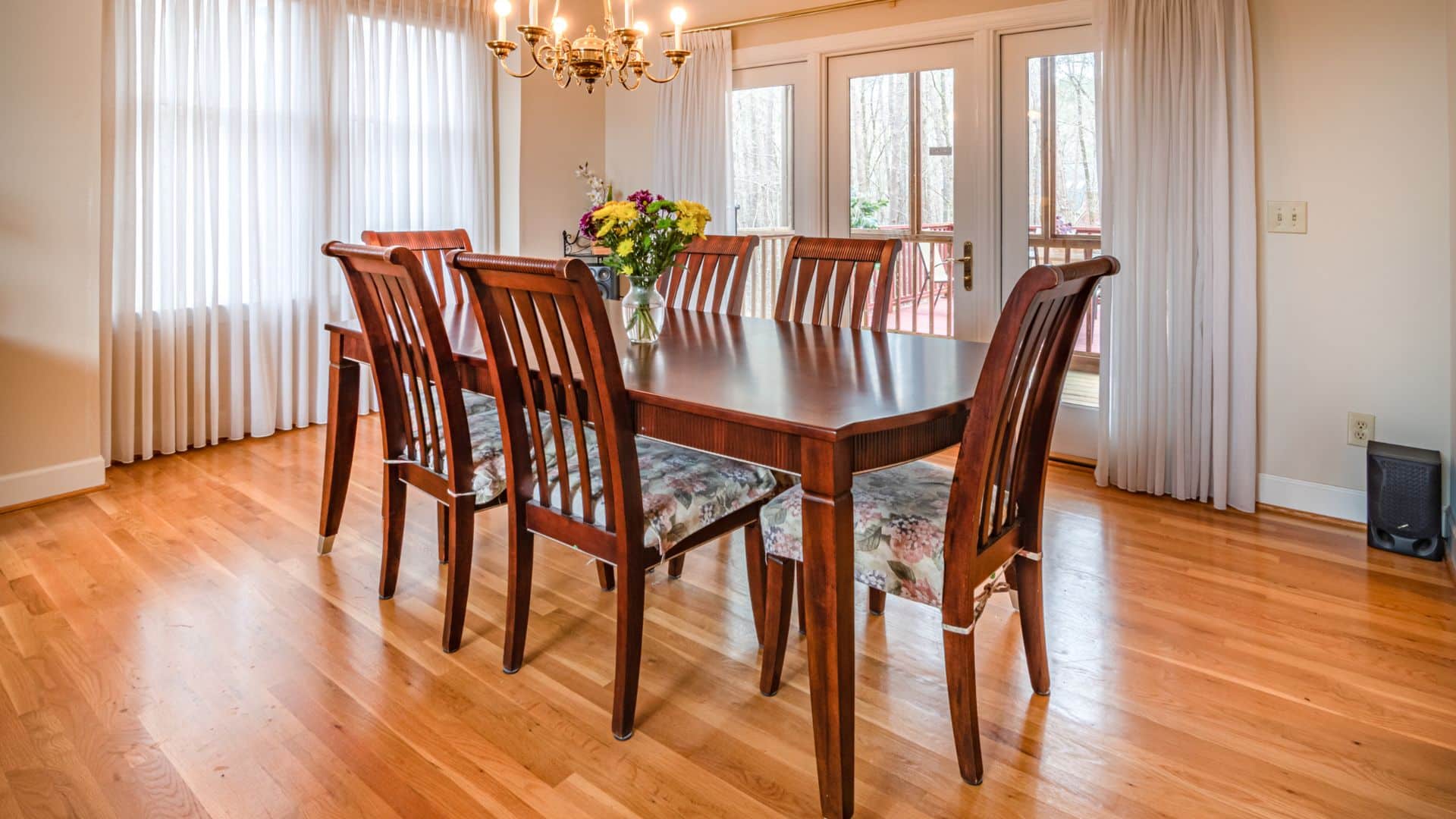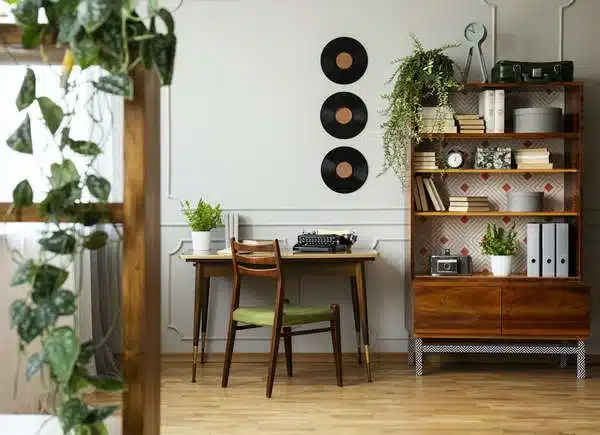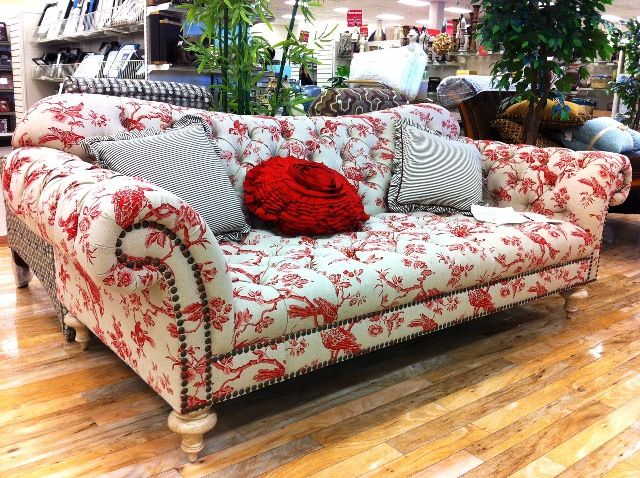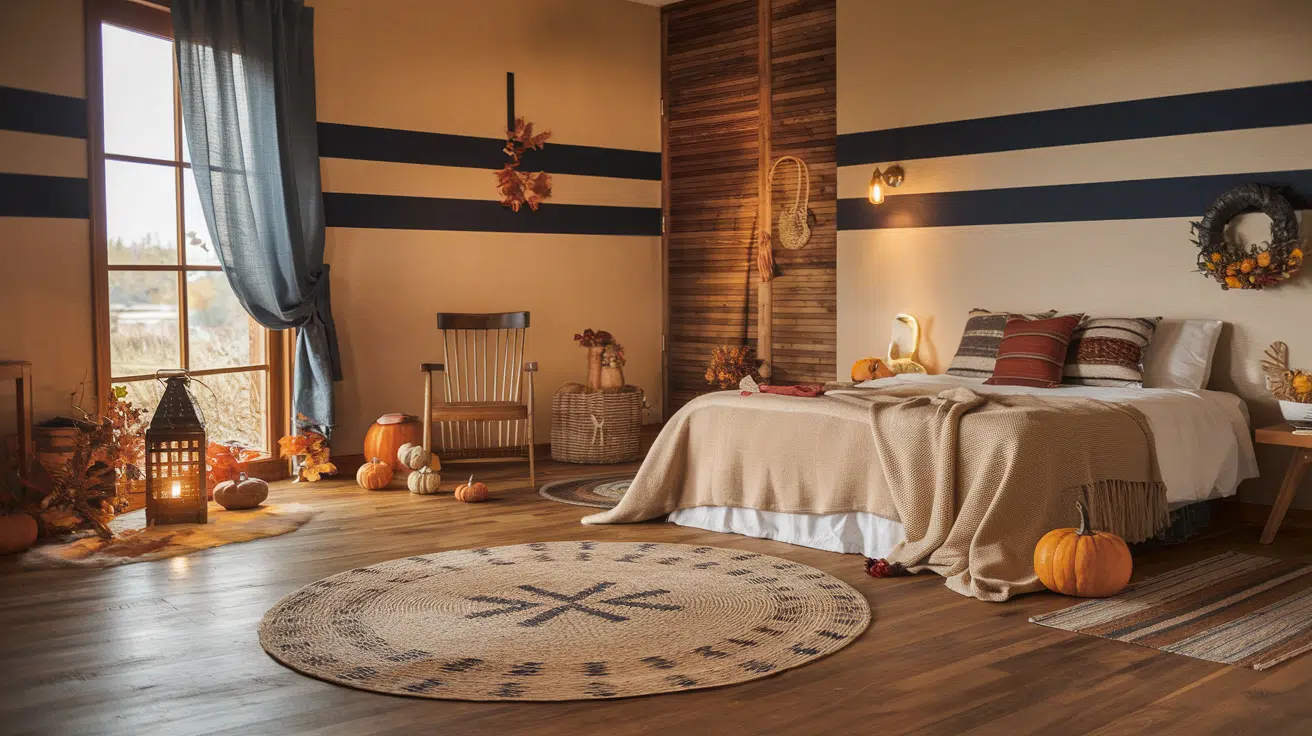How Consumer Preferences Are Changing in the Extendable Table Industry
Do you remember when furniture was just… furniture? Yeah, not anymore. Today’s consumers desire more than just a table, they want all the things: space-saving designs, sustainable materials, and smart technology that fits their lifestyle.
The extendable table market has been a fast-moving area of business due to changing consumer needs. Consumers are looking for more sustainable options, and smaller living spaces are in demand, and furniture that does more than one thing is desirable. If brands want to evolve with the consumer, they need to change and adapt and not be left behind in the dust.
This blog delves into recent changes in consumer purchasing patterns as well as popular functions consumers seek. The furniture business requires you to lead the competition.
Key Drivers of Changing Consumer Preferences
Let’s be real, furniture is not simply about style anymore. Consumers want tables that fit their space, are in alignment with their values, and are going to bring some ease into their lives.
Here is what is driving the shift in the extendable table space:
1. The Rise of Small-Space Living
The growing number of people prefer living in apartments, tiny homes, and city lofts. An extendable table design permits users to use their space efficiently while maintaining a stylish appearance that attracts contemporary home buyers.
2. Sustainability is Non-Negotiable
Environmentally friendly buyers desire furniture produced from harvested wood that is sustainable, recycled products, or low-impact production methods. The brand that does not fit that description doesn’t make it.
3. Demand for Customisation & Versatility
One size fits all is so last season. Consumers desire tables that can expand, fold, or change to accommodate various purposes be it dinner parties, work from home setups, or crafting.
4. Tech-Infused Furniture is Trending
Wireless charging capability, built-in lighting, and smart height adjustments are making tables smarter than ever. Consumers love furniture that can perform more than just function as a decorative object.
Material & Design Trends in Extendable Tables
Those days of ugly, cumbersome dining tables are gone. Extended tables these days are all about style, tough materials, and intelligent functionality. Here are the latest trends revolutionising the sector:
1. Minimalist & Scandinavian Vibes
Elegant lines, calming colors, and organic wood finishes are making converts. Consumers prefer tables to be light, breezy, and stylish by nature, just the thing for current, minimal living.
2. Durable, Eco-Friendly Materials
Sustainability as a concept is no longer a trend but rather an expectation. Bamboo, reclaimed wood, and recycled metals are now accepted materials that perform at least as well as the more traditional ones but with less impact on the environment.
3. Multi-Functionality is a Must
Modern extendable dining tables now exceed their traditional eating room table. The built-in storage, in combination with height adjustments and multi-purpose designs, enables consumers to acquire additional storage space through their single furniture piece.
4. Smart Features for Modern Homes
USB outlets, wireless charging, and motorised extensions are making tables technology-savvy staples. Customers adore items that combine efficiency with technology, creating a modern and functional look in their home.
Shopping Behavior Shifts
Purchasing furniture isn’t the same now as it was before there’s no more idly strolling through a showroom or regretting what you purchased. Today’s consumers are smarter, tech-savvy, and want more. Here’s how shopper behavior is shifting:
1. Online Shopping is the New Norm
Brick and mortar retail is not dying, but most consumers begin (and sometimes conclude) their quest online. Virtual showrooms, 3D previewing, and free shipping make e-commerce the first preference.
2. Augmented Reality is a Game Changer
A customer needs to visualise their table inside their environment before making their purchase. Customers use AR tools to envision dimensions, styles, and colors, thus minimising returns while boosting their confidence levels.
3. Social Media Influences Decisions
Instagram, TikTok, and Pinterest aren’t merely hubs for inspiration but also induce spending. It’s just a customised display of tables paired with influencers that can make or break brands’ destinies.
4. Direct-to-Consumer Brands are Winning
Consumers select brands that deliver products to them directly instead of shopping at large stores. Consumers benefit from DTC business models because they receive lower prices combined with special products and customisation options.
5. Reviews Matter More Than Ever
Reviews play a vital role in decision-making because customers always verify them before purchasing anything. Customers who see legitimate feedback from other consumers, especially when accompanied by pictures, become more comfortable buying, which leads them to push the “Add to Cart” button.
6. Fast, Hassle-Free Shipping is Expected
Two-day shipping isn’t exclusive to Amazon anymore. Consumers want fast shipping, simple assembly, and generous return policies, or they’ll shop elsewhere.
7. Customisation is a Huge Selling Point
Consumers desire active participation in deciding how their furniture appears at the end, since they want customisability regarding lengths and finish options. Companies that allow customers to customise the product look experience a substantial increase in competitive advantages.
8. Sustainability Impacts Purchasing Decisions
Green consumers look at where products originate and how they are manufactured. Certifications, ethical purchasing, and recyclable packaging do matter in ultimate buying decisions.
Conclusion
The extendable table market is changing rapidly, spurred by shifting consumer demand. Consumers desire style, sustainability, and intelligence, all with a frictionless shopping experience. Brands that evolve will succeed, while brands that remain stagnant will fall behind.







